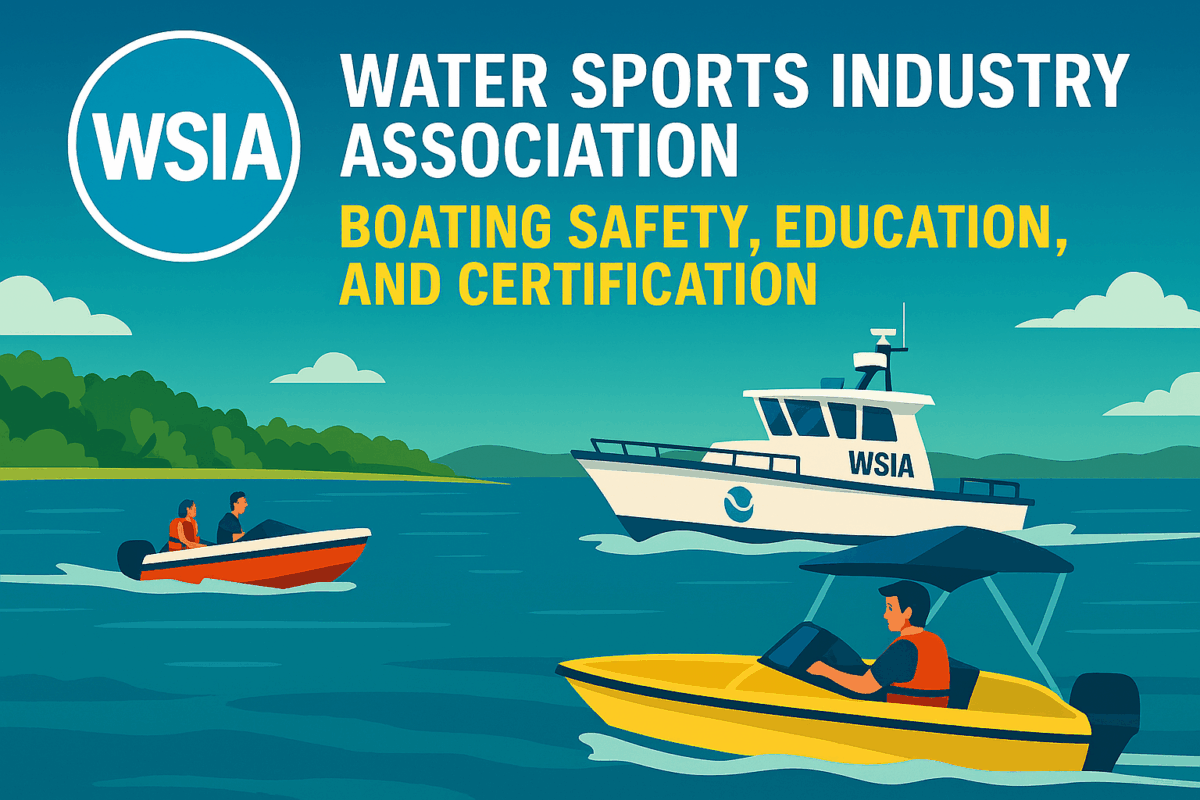Call: 1-800-832-7191

WSIA How to Wakeboard
Master the Basics with WSIA How to Wakeboard
Learning to wakeboard starts with understanding the fundamentals. The WSIA How to Wakeboard guide simplifies the process for beginners. It breaks down each step with clarity and precision. From gear selection to body positioning, every detail matters.
New riders benefit from structured instruction and expert tips. This guide ensures a smooth start and builds confidence quickly. With proper technique, progress comes faster and injuries decrease. Wakeboarding becomes more enjoyable when the basics are mastered early.
Gear Up for Success
Choosing the right equipment makes a big difference. Riders need boards that match their skill level and riding style. Bindings should fit snugly without causing discomfort. Life jackets must meet safety standards and allow full movement.
Additionally, tow ropes vary in length and stretch. Selecting the right rope improves control and responsiveness. Helmets add protection and boost rider confidence. Investing in quality gear sets the stage for a successful experience.
Learn Wakeboarding Techniques Step by Step
Starting in the water requires patience and proper form. Riders should keep knees bent and arms relaxed. As the boat accelerates, standing slowly helps maintain balance. Looking forward, not down, improves stability and control.
Turning involves shifting weight and using the board’s edges. Smooth transitions reduce falls and increase flow. Jumping comes later, once basic riding feels natural. Practicing regularly builds muscle memory and sharpens skills.
WSIA How to Wakeboard Tips for Instructors
Instructors play a key role in rider development. Clear communication and encouragement boost learning speed. Demonstrating techniques before practice helps riders visualize success. Offering feedback after each attempt promotes improvement.
Safety remains the top priority. Instructors must monitor water conditions and boat traffic. They should also adjust lessons based on rider progress. A flexible approach ensures every student feels supported and challenged.
Common Mistakes and How to Avoid Them
Many beginners struggle with rushing the start. Standing too quickly often leads to falls. Staying low and rising gradually improves success rates. Gripping the rope too tightly causes tension and reduces control.
Leaning back too far can throw off balance. Riders should aim for a centered stance. Practicing in calm water helps build confidence. Avoiding crowded areas minimizes distractions and enhances focus.
Progress Faster with WSIA How to Wakeboard Guidance
The WSIA How to Wakeboard program offers structured learning and expert insights. Riders progress faster with consistent practice and proper instruction. Each session builds on the last, creating a strong foundation.
Advanced techniques become easier once basics are solid. Riders gain confidence, improve control, and enjoy the sport more. With WSIA’s guidance, wakeboarding becomes a lifelong passion.
